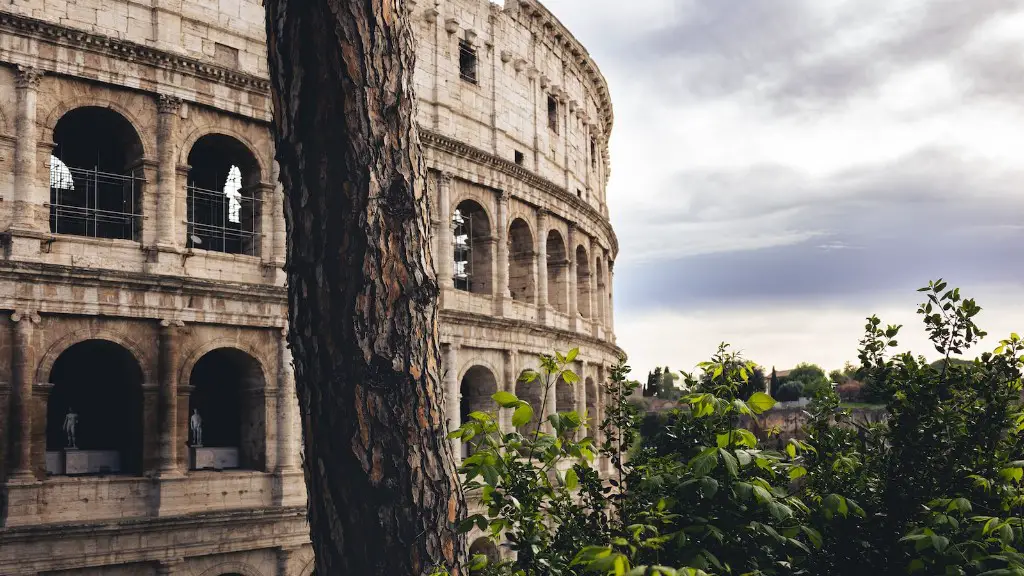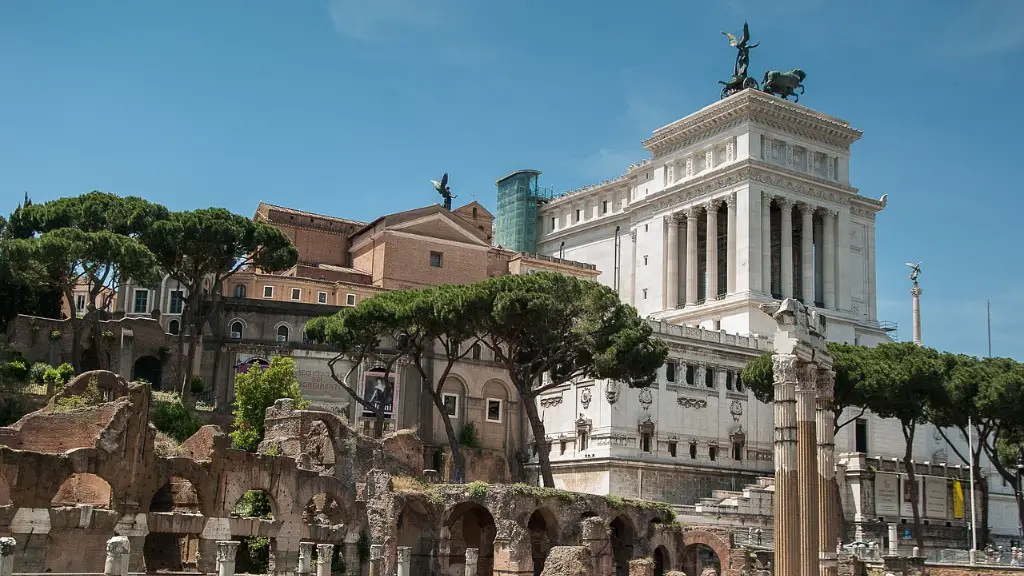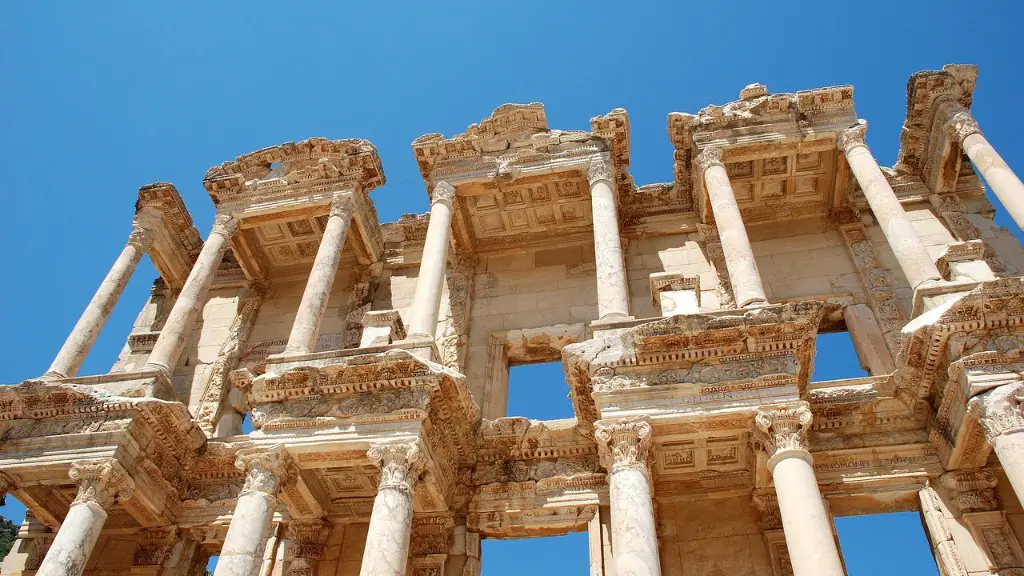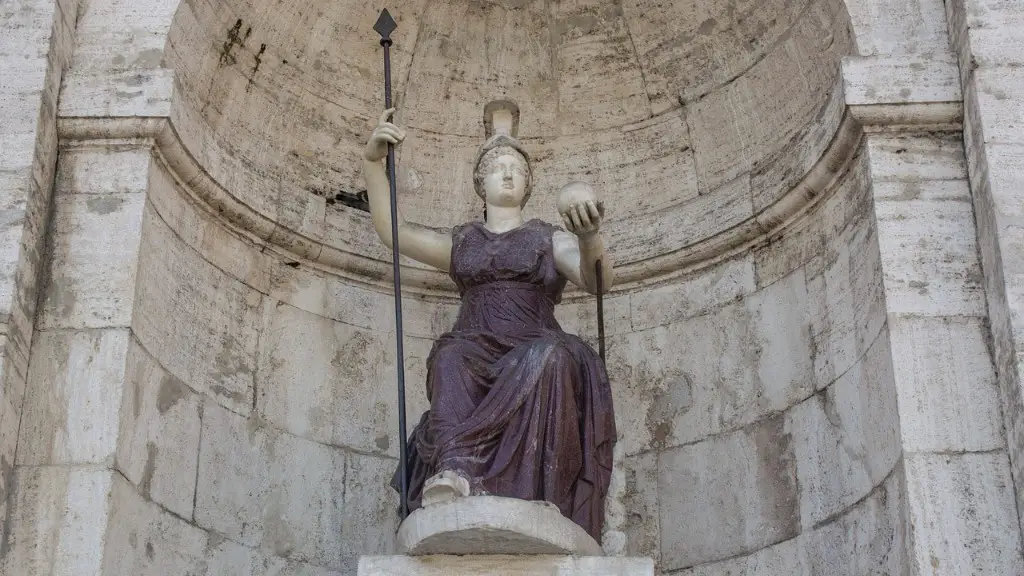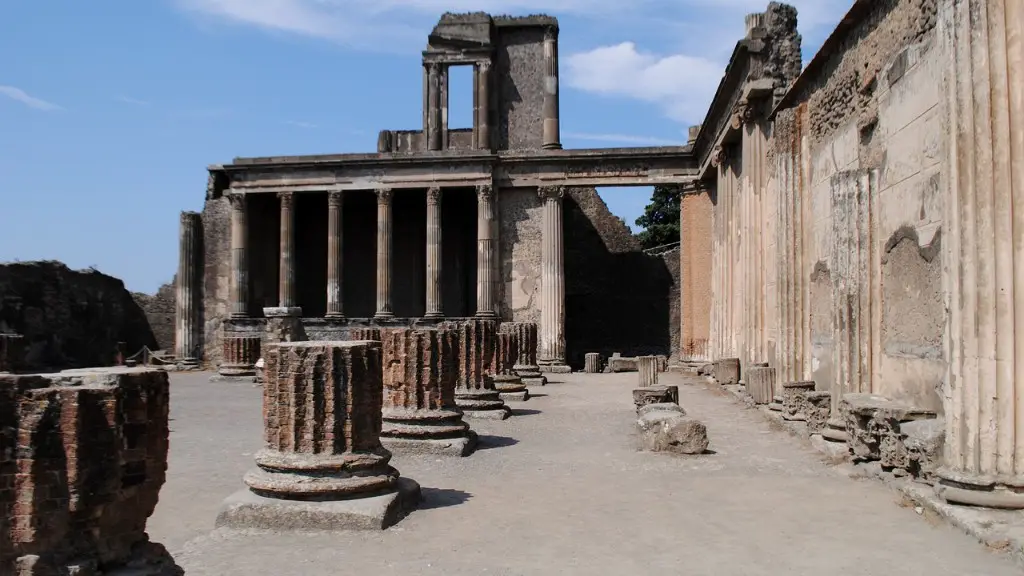The aqueducts of ancient Rome were one of the most impressive feats of engineering of their time. Constructed of stone and concrete, they transported fresh water from springs and rivers into the city, providing clean water for public baths, fountains, and toilets. In a city with a population of over a million people, the aqueducts made a huge impact on public health and quality of life.
The aqueducts in ancient Rome were a crucial part of Roman society. They not only provided a reliable source of water for the city, but also helped to prevent fires and floods. The aqueducts changed the way people lived in ancient Rome by making the city a more comfortable and safe place to live.
How did the Roman aqueducts impact the life of Romans?
The Roman aqueducts were a complex system of channels and bridges that supplied fresh, clean water for baths, fountains, and drinking water for ordinary citizens. The system was built over a period of centuries and reached its peak in the 1st and 2nd centuries AD. The aqueducts were an engineering marvel and a testimony to the Roman’s engineering skills.
The Romans were very good at engineering and construction and used this knowledge to build aqueducts to bring water from outside sources into their cities and towns. This water was used for public baths, latrines, fountains, and private households. Aqueducts also supplied water for mining operations, mills, farms, and gardens.
How did Roman aqueducts influence today
Aqueducts are man-made channels that are used to transport water from one area to another. They are often used to transport water from a water source, such as a river, to a city or town. Aqueducts are also used to transport water from one body of water to another, such as from a lake to a river.
Aqueducts have been an important way of getting water from one place to another for many centuries. They are still used today in many parts of the world, including California. Aqueducts are essential in areas where water is scarce and there is a need to transport it from areas where it is more plentiful.
Who benefited from Roman aqueducts?
Aqueducts were a vital part of Roman life, providing clean water for both urban and rural areas. In addition to supporting life, aqueducts also facilitated agricultural work and allowed farmers to draw water from the structures for irrigation purposes. Industrial uses for aqueducts included hydraulic mining and flour mills. The construction and maintenance of aqueducts was a complex and expensive undertaking, but the benefits they provided were essential to the continued prosperity of the Roman Empire.
The Roman aqueducts are one of the finest legacies of the ancient world. They were the vital waterways for cities across the Roman Empire, and provided fresh water for drinking, bathing and agriculture. Today, these awe-inspiring structures stand as a testament to the engineering genius of the Roman people.
What was unique about Roman aqueducts?
The Romans built aqueducts from stone, bricks and cement. They made pozzolana using an ingenious mixture of volcanic stone with powdered lime, sand and water. It was this substance that gave their constructions an extraordinary strength, allowing them to survive for thousands of years.
The aqueducts were a vital part of Ancient Rome, supplying the large volumes of water that were necessary for drinking, bathing, and flushing the sewers. The aqueducts were fed by a number of different rivers, including the Anio Anio Novus and the Aqua Claudia.
Why was aqueduct important in ancient Rome
The Roman aqueducts were a feat of engineering that allowed for the transport of water over long distances. These under- and aboveground channels, typically made of stone, brick, and volcanic cement, brought fresh water for drinking and bathing as much as 50 to 60 miles from springs or rivers. Aqueducts helped keep Romans healthy by carrying away used water and waste, and they also took water to farms for irrigation. The Roman aqueducts were a vital part of daily life and helped to make the Roman Empire one of the most advanced civilizations of its time.
Aqueducts are a type of engineering that has been used for centuries to transport water from one place to another. Today, they are still an important part of many communities, particularly those with limited access to fresh water sources. Aqueducts help to keep drinking water free of contamination and thus greatly improve public health in cities with primitive sewerage systems.
What made Roman aqueducts so remarkable?
Aqueducts were one of the most impressive achievements of the Roman engineering. Developed around 312 BC, these engineering marvels used gravity to transport water along stone, lead and concrete pipelines and into city centers. Aqueducts liberated Roman cities from reliance on nearby water supplies and proved priceless in promoting public health and sanitation.
The Roman empire was one of the most advanced civilizations of its time. They were one of the first to develop a system of aqueducts to transport water to their cities. This allowed them to sustain a large population and made public hygiene and sanitation possible. The aqueducts were an ingenious engineering feat and revolutionized the way cities supplied water to their citizens.
How did Roman aqueducts purify water
The zigzag patterns present in the aqueducts were deliberately designed in order to slow down the water flow and allow impurities to be removed more effectively. Additionally, the exposure of the water to air through the aqueducts helped to improve its quality by aerating it. Finally, manual removal of impurities was also used in order to ensure that the water was as clean as possible.
The Roman sewers were an important engineering feat that not only improved sanitation in the city, but also allowed for economic growth and urban development. Despite being filthy, the sewers moved water away from areas where it could cause problems, making it an essential infrastructure for the ancient city.
What are the Roman aqueducts primary sources?
Inscriptions are the most important primary sources that inform our knowledge of the water supply of ancient Rome. The physical ruins of the system and the writings of Frontinus and Vitruvius also provide valuable information about the water supply of Rome.
The Roman army was well known for its use of advanced military technologies, including those for foot soldiers, cavalry, and siege weapons. In addition to their military engineering prowess, the Romans also made significant contributions to medical technologies, particularly in the area of surgery. Their advances in these areas helped to make the Roman Empire one of the most powerful empires of its time.
How much water did the Roman aqueduct transport
The ancient Romans were able to bring water nearly 90 miles from a river in the Apennine Mountains into Rome using an aqueduct. This allowed the population of Rome to double, as it had a reliable source of water.
When water from a spring high in the hills empties into an aqueduct, it equilibrates with the open air, releasing carbon dioxide, which lowers the water’s acidity. The lower acidity causes crystals of calcium carbonate to rain out along the aqueduct. These deposits of calcium carbonate are called sinter.
Conclusion
Aqueducts were built to bring water to Roman cities and towns. This allowed for public bath houses and toilets, which improved public health. Aqueducts also supplied water for fountains and gardens. This made life in ancient Rome more enjoyable and comfortable.
The ancient Romans were able to change their way of life for the better by constructing aqueducts. These aqueducts were able to bring fresh water into the city, which was previously only available from the Tiber River. This allowed the Romans to have baths, toilets, and drinking water inside their homes, which made their lives much more comfortable.

